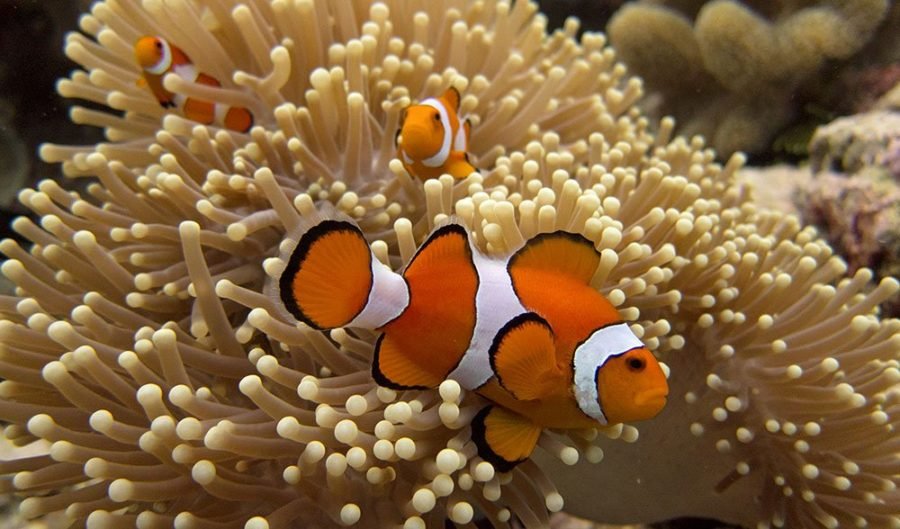
Saving Nemo: how climate change threatens anemonefish and their homes
The recent severe bleaching on the Great Barrier Reef has also affected anemones, which provide homes for clownfish.

The recent severe bleaching on the Great Barrier Reef has also affected anemones, which provide homes for clownfish.

Death adders are famous snakes, yet scientists can’t answer the most basic question about them – how many species are there?
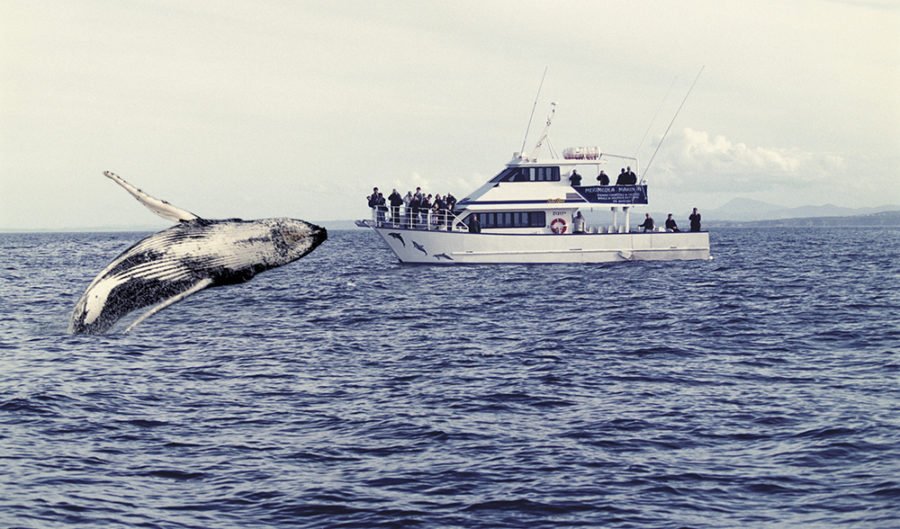
From May to November each year, Australia’s east coast transforms into a whale watching hot spot, with vast numbers heading north to breed after a summer spent feeding in Antarctic waters.
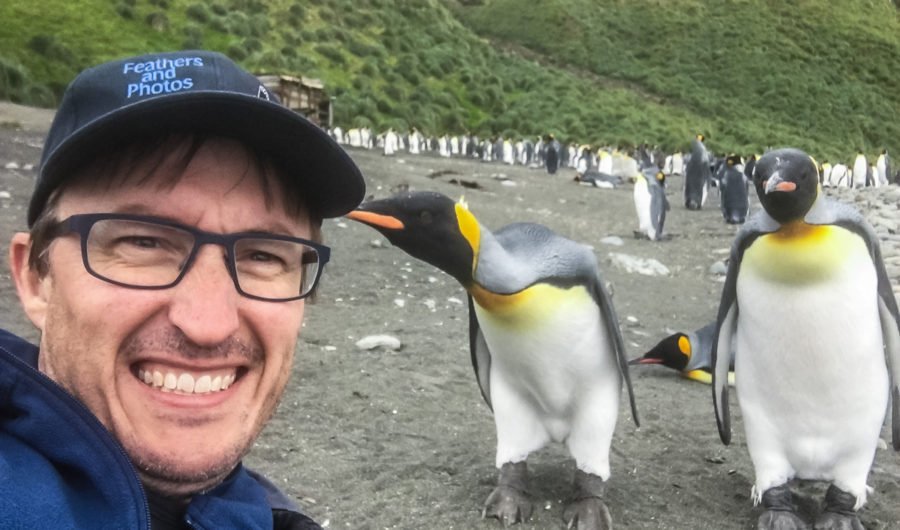
Who wouldn’t want to be a bird photographer after watching all the fun 2015 Nature Photographer of the Year David Stowe gets to have?
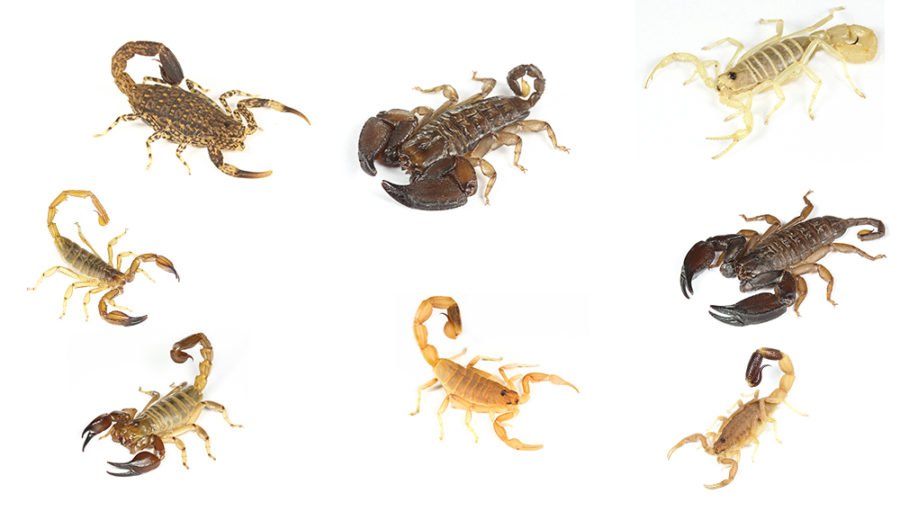
Despite a fearsome reputation in other parts of the world, scorpions in Australia are relatively harmless and come in a surprising variety of sizes and colours.
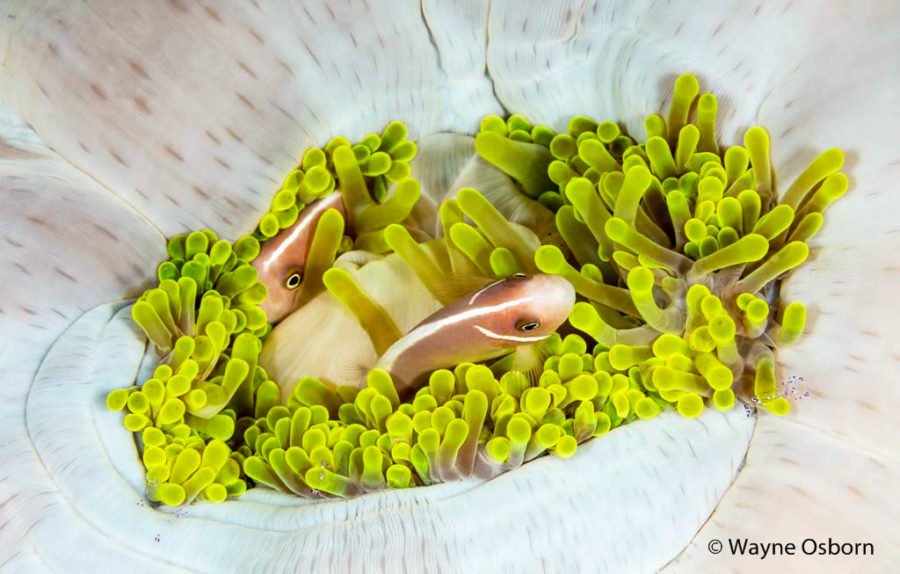
In this category, we asked for photos showing animals in the environment in which they live – this environment could be natural or built, and the animal, either native or feral. The only rule was that the animal must not be captive and has claimed the habitat independently. This shortlist shows the beautiful variety of landscapes and animals we enjoy in Australia. These photos will be exhibited at the South Australian Museum in Adelaide (18 August to 3 October) and the Australian Museum in Sydney (19 August to 9 October).
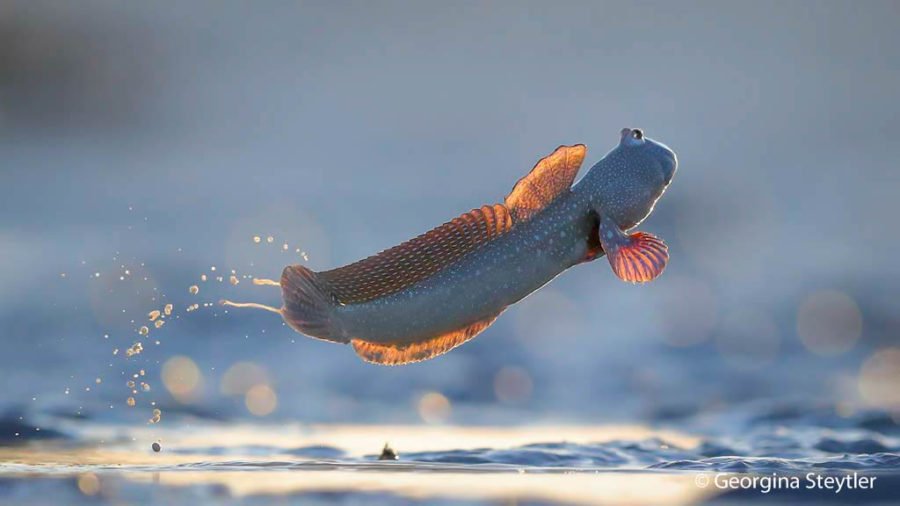
The Animal Behaviour category asked for photographs of animals engaging in natural activities. These photos will be exhibited at the South Australian Museum in Adelaide (18 August to 3 October) and the Australian Museum in Sydney (19 August to 9 October).
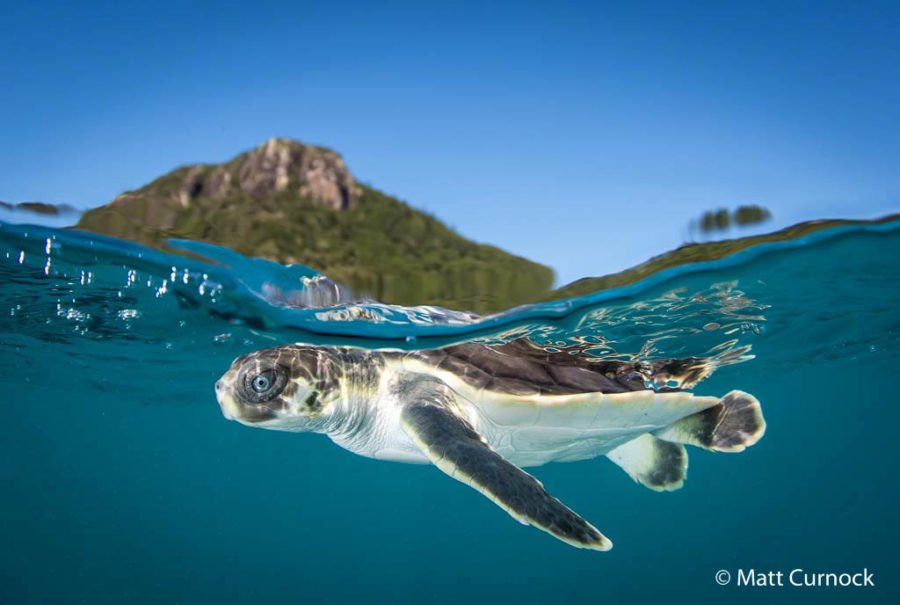
In this category, 30% of the frame had to be taken up by the animal. Creatures of the land, air and sea all feature in this stunning shortlist. These photos will be exhibited at the South Australian Museum in Adelaide (18 August to 3 October) and the Australian Museum in Sydney (19 August to 9 October).
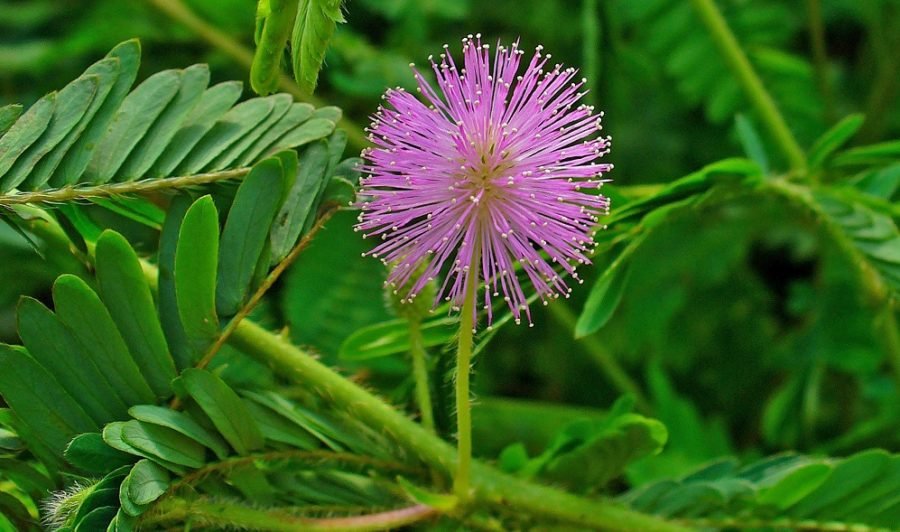
Known also as tickle-me plant, touch-me-not, shy plant, humble plant and sleeping grass, this weed has intrigued naturalists for hundreds of years.
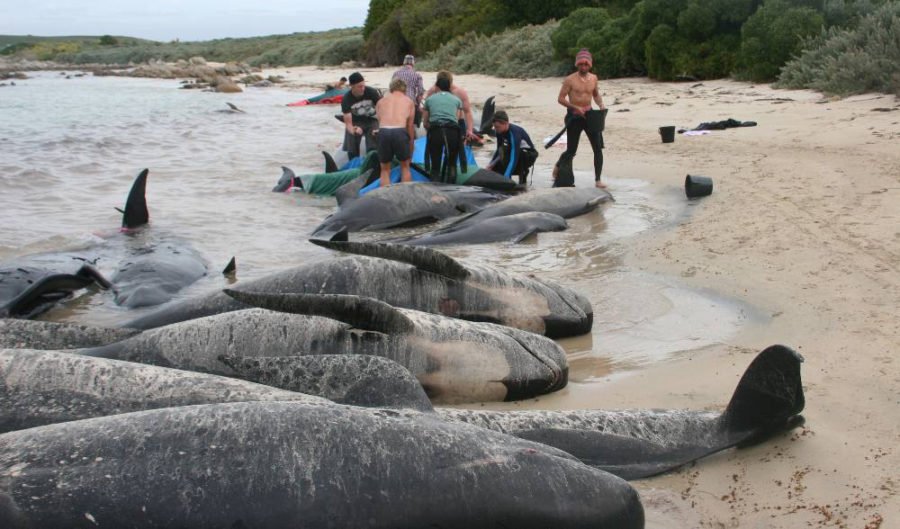
Australia is a global hotspot for mass whale strandings. The causes of these events are many, varied and often mysterious.